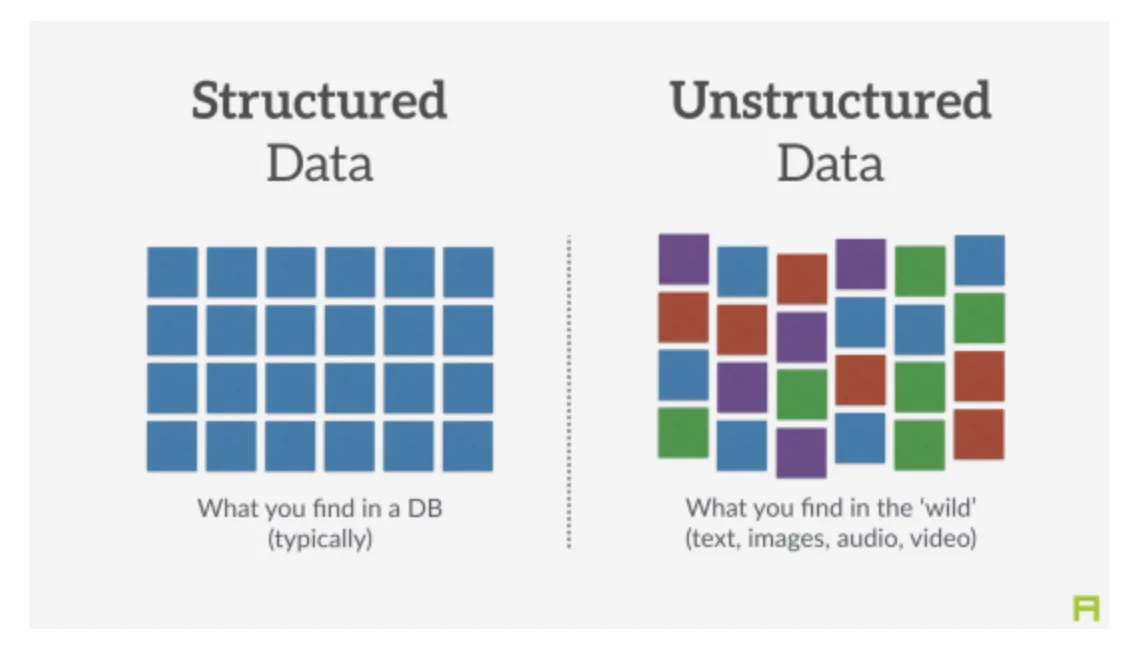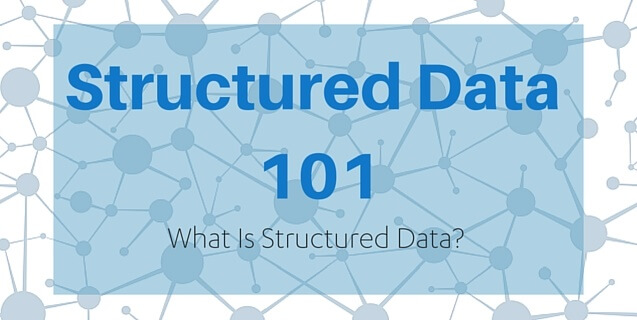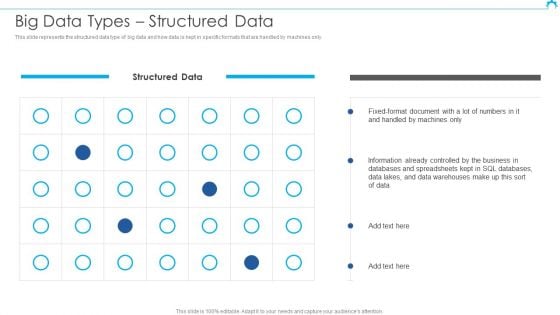Uncover the mystery of structured data: how it boosts SEO, enhances user experience, and supercharges your website performance.

Image courtesy of via DALL-E 3
Table of Contents
Introduction to Structured Data
Structured data is like the super organized and neatly labeled section of your room where everything has its place. In the digital world, structured data helps keep information tidy and easy to find. But what exactly is structured data, and why is it important?
What is Data?
Imagine data as little pieces of information, just like building blocks. When you put these blocks together, they create something meaningful, like a LEGO masterpiece. Data can be numbers, words, or even pictures that carry information.
For example, your favorite video game stores data about your high scores, characters, and progress. This data helps the game remember where you left off and how well you’re doing. It’s like having a digital memory!
What Makes Data Structured?
Structured data is when these building blocks are organized in a specific way, making it easier to understand and use. Think of a library where books are arranged by genres and authors. Each book has its place, making it simple to find what you’re looking for.
In the digital world, structured data organizes information like a library, making it easy for machines and people to read and use the data efficiently. It’s like having a digital librarian that helps you find what you need quickly!
Why Structured Data is Important
Structured data plays a crucial role in making our online searches quick and efficient. Imagine searching for your favorite book in a gigantic library without any organization. It would be like finding a needle in a haystack! Structured data helps search engines like Google to find exactly what you are looking for in a matter of seconds. It’s like having a magic spell that leads you straight to the treasure!
Helping Computers Understand Information
Have you ever wondered how computers seem to understand everything we ask them? It’s all thanks to structured data! Just like how we use puzzles to put pieces together, structured data helps computers ‘read’ and use information effectively. When information is organized in a structured way, computers can easily pick out the pieces they need to give us the answers we’re looking for.
Where Do We Find Structured Data?
Structured data is all around us, even if we don’t always realize it. Let’s take a look at the places where we encounter structured data in our daily lives.

Image courtesy of www.m-files.com via Google Images
Websites and Online Stores
Have you ever searched for your favorite toy or game online? Well, when you see a list of products with prices, ratings, and descriptions, that’s an example of structured data. Websites and online stores use structured data to organize information so that it’s easy for us to find what we’re looking for.
Books and Libraries
Libraries are like treasure troves of structured data! Just think about how books are arranged on shelves based on genres, authors, or titles. Library catalogs are excellent examples of structured data that help us locate and borrow books quickly.
How Structured Data Works
Data can be organized neatly into tables and charts. Imagine a table with rows and columns like a grid. Each row can represent a different piece of information, while each column categorizes that information. For example, think of a chart showing different types of fruits and their quantities – this is a simple way to organize data so that it’s easy to read and understand.
Databases
Do you know where computers store all the structured data? In databases! A database is like a digital library that keeps everything in order. Just like a library catalog organizes books by category, databases categorize data so computers can easily find what they need. It’s like having a super organized filing system for all the information.
Structured Data in Coding
Structured data in coding refers to the organized way information is arranged to make it easier for computers to understand and process. When coding, structured data helps programmers categorize and present data in a clear and logical format.

Image courtesy of www.v9digital.com via Google Images
HTML Tags
HTML, which stands for Hypertext Markup Language, uses tags to structure data on web pages. These tags act as instructions that tell the browser how to display different elements like headings, paragraphs, images, and links. By using HTML tags, programmers can create structured and visually appealing web pages that are easy to navigate.
JSON and XML
JSON (JavaScript Object Notation) and XML (eXtensible Markup Language) are formats commonly used in coding to structure and exchange data between different systems. JSON uses key-value pairs while XML uses tags to organize information. These formats allow data to be easily shared and understood by different programs, making it crucial in web development and data exchange.
Benefits of Structured Data
Structured data brings order to chaos by organizing information in a neat and tidy way. Imagine your messy room suddenly becoming clean and organized with everything in its place. That’s what structured data does for businesses and websites. It helps them keep track of information effortlessly. So, when they need to update or find specific details, it’s as easy as finding your favorite toy on a clutter-free shelf.
Better Decision Making
Just like how knowing where all your toys are helps you make choices about which game to play, structured data helps people make better decisions. When information is well-organized, it’s like having a clear map to guide you. Whether it’s choosing the best product to buy or deciding on the right path forward, structured data provides the necessary clarity for making smart choices.
Challenges of Structured Data
Data volume is one of the challenges faced when dealing with structured data. Imagine trying to organize a gigantic pile of toys in your room. It can get overwhelming when there are too many toys to sort out. Similarly, when there is a vast amount of data to structure, it can become difficult to manage efficiently. The more data there is, the harder it can be to keep everything organized neatly.

Image courtesy of www.intellspot.com via Google Images
Inflexibility
Another challenge that comes with structured data is its inflexibility. Think of structured data like a puzzle that you have to put together piece by piece. Once you lock in each piece in its place, it can be tough to move them around if you need to change something. This rigid structure can sometimes limit how easily you can adapt or modify the data to fit new needs or ideas.
The Future of Structured Data
Artificial Intelligence, or AI, is a super-smart technology that can think and learn like humans. It uses structured data to get even smarter! Imagine a robot friend who learns more about you every time you talk to it. That’s how AI works with structured data. It helps these robot helpers become even better at understanding us and helping us out.
New Technologies
In the future, we might see some really cool gadgets and devices that use structured data in amazing ways. Have you heard of self-driving cars? They rely on structured data to ‘see’ the world around them and make decisions on the road. This technology is just the beginning! Who knows what other fun and helpful things we’ll see in the future using structured data?
Summary
Structured data is a way of organizing information in a clear and organized manner so that computers and search engines can easily understand and use it. Just like how a library organizes books on shelves, structured data organizes information into categories and groups.

Image courtesy of www.slidegeeks.com via Google Images
Structured data is important because it helps make searches on the internet quicker and more accurate. It also helps computers understand information better, which is crucial for many digital tasks we do every day.
We can find structured data everywhere, from websites and online stores displaying product lists and ratings to library catalogs organizing books. It helps us navigate and find information more efficiently.
When it comes to using structured data, tables and charts are common tools to organize data in rows and columns. Databases also play a key role in storing and managing structured data.
In coding and programming, structured data is used with HTML tags on web pages and in formats like JSON and XML to exchange information effectively.
The benefits of structured data include easier data management and better decision-making for organizations and individuals. However, challenges like handling large volumes of data and rigid structures can sometimes be limitations.
Looking ahead, the future of structured data is exciting with the integration of artificial intelligence using structured data to learn and improve. New technologies are also emerging that will utilize structured data in innovative ways.
Want to turn these SEO insights into real results? Seorocket is an all-in-one AI SEO solution that uses the power of AI to analyze your competition and craft high-ranking content.
Seorocket offers a suite of powerful tools, including a Keyword Researcher to find the most profitable keywords, an AI Writer to generate unique and Google-friendly content, and an Automatic Publisher to schedule and publish your content directly to your website. Plus, you’ll get real-time performance tracking so you can see exactly what’s working and make adjustments as needed.
Stop just reading about SEO – take action with Seorocket and skyrocket your search rankings today. Sign up for a free trial and see the difference Seorocket can make for your website!
Frequently Asked Questions (FAQs)
What is the Difference Between Structured and Unstructured Data?
Structured data is like a neatly arranged bookshelf where each book has a specific place, making it easy to find and understand. On the other hand, unstructured data is like a messy pile of books scattered around with no order, making it hard to make sense of. For example, when you look at a website with structured data, information like prices and ratings are organized neatly, while unstructured data might appear jumbled and confusing.
Can I See Structured Data on My Computer?
Absolutely! You can find structured data in various places on your computer. When you visit a website, pay attention to how products are listed neatly with prices and descriptions – that’s structured data! Also, think about when you search for a book in a digital library catalog and see it listed with the author, title, and genre – that’s another example of structured data in action on your computer.







